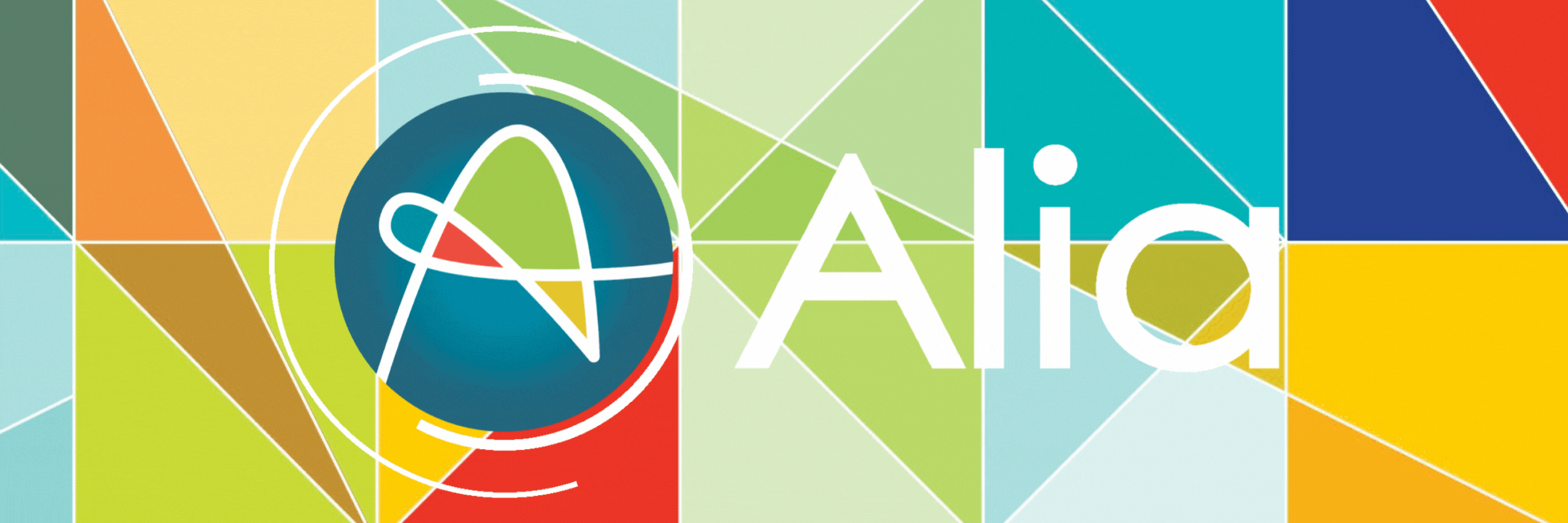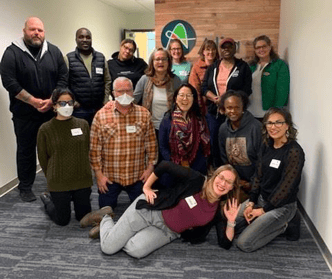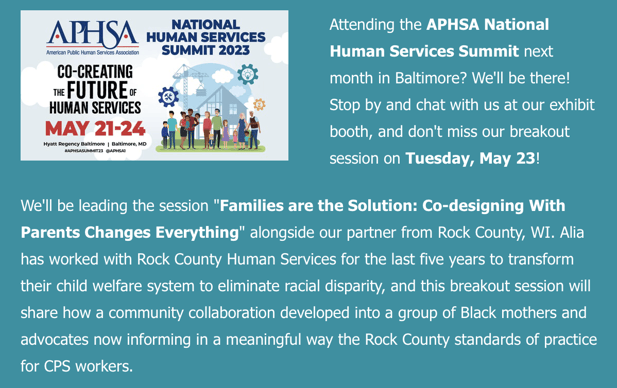
Thoughts from our CEO...
I recently posted something on LinkedIn that I cannot seem to get out of my head.
“Do you know what every single child on the planet needs? For their parents to be able to safely parent them. The transformation of child welfare is not maintaining the current system of surveillance and separation by swapping stranger placements for kin placements. Rather, the solution is obsoleting the need to separate families by putting the current system in hospice and building a new parent-driven, community-led approach that supports parents and communities to help children thrive.”
A strong gravitational pull exists to maintain the status quo. Consider this when trying to “transform” child welfare systems (or any systems), all of our resources, roles, and rules line up to keep the current reality in place. Even when it has become abundantly clear that keeping the current child welfare system in place undeniably and irrevocably creates harm, we cannot change it because of the social caste and benefit created by keeping things the same.
Think of the billions of dollars, and the hundreds of thousands of people who work in and around child welfare, and the countless economic and personal benefits that the current system creates…for some. When we juxtapose that benefit we receive with the lifelong predictive harm of others, we are faced with two competing realities. To continue to benefit, we must harm others. This is not unlike the paradox of racism and inequality in our society, and in fact, child welfare and racism are inextricably linked. Making small modifications (e.g., going to a diversity training without fundamentally changing your thoughts and behaviors) helps to relieve the guilt of benefiting from racist systems.
These conflicting goals—maintaining our own benefit while helping others—creates a sort of cognitive dissonance (known as the state of having inconsistent thoughts, beliefs, or attitudes, especially as relating to behavioral decisions and attitude change); to change one, we must give up the other.
The solution is making small, incremental changes that disallow the basic structure of power/benefit and disempowered/harm to exist. It’s no surprise there is a movement afoot to congratulate ourselves for reducing the number of youth living with unrelated people in favor of kinship placements. Although this lessens the trauma for our youth, it does not eliminate it, and, I would argue, more importantly, it leaves parents without the resources and support they need to eliminate the need for family separation.
We must stay focused on obsoleting the need to separate families by creating the community conditions for families to thrive. We cannot—will not—stop until this vision is a reality.
-Feb-28-2023-09-38-21-2091-PM-1.png?width=572&height=75&name=Copy%20of%202021%20A%20Year%20in%20Review%20(1200%20x%20500%20px)-Feb-28-2023-09-38-21-2091-PM-1.png)
 Data inquiry is really just storytelling...
Data inquiry is really just storytelling...
Data aren’t about numbers, especially in child welfare. Data represent people and their stories. Therefore, to be truly data-driven is to be story-driven.
Led by Alia’s Managing Director of Transformational Change, Isabel Blanco, Alia conducted a mini equity audit for the Children and Family Services Department leadership team in our home jurisdiction of Ramsey County, MN. We discovered data insights – stories! – which led to action items for addressing racial disparities.
Isabel says, “To make sense of the system’s impact on families, it is not information that will enable connections but the emergence of imaginative insights that will help us to see one another and empathize.”
Read more on our website on how Alia and Ramsey County used data as story to make change.

Here are some ideas that got us thinking this month. Visit our website to read the full-length posts, and join us in the conversations!
- Awareness of self is a critical component to anti-racism dialogue that is generative and leads to connection and understanding. What am I feeling, exactly? What am I afraid of, exactly? Especially for white people, managing discomfort and building distress tolerance for being able to remain in the challenging moments is what is required. Often, discomfort is confused as danger, yet we must stay in the feelings long enough to self-inquire and learn to distinguish between the two.
- Administration for Children and Families (ACF) published the 2023-2024 Prevention Resource Guide and we at Alia are pleased to be included among friends and colleagues again in this edition. Highlighted in the first chapter is Alia's UnSystem Innovation Cohort, our three-year commitment to guiding ten public child welfare agency leaders representing five jurisdictions through a whole-system transformation process.
- Our all-staff, in-person retreats provide a time to get work done, but also to play a lot, too. Because HOW we work together is just as important as WHAT we do together. Part of our time together is fun and connection for fun and connection’s sake – we’ve gone to museums together, seen shows, been sledding, and sat for hours enjoying each other’s company, all on work time! Fun, positive experiences together make our team work and make it possible for us to support you in all the ways we do.


Resource Highlight
Bright Spots is a first-of-its-kind online resource library of child welfare practices reviewed and recommended by parents who have been impacted by the system.
 Blind removals is a practice that recognizes racial disparity and racial bias in child welfare. Implicit bias training has not been significant or sustainable in reducing removals. Alternatively, blind removals is a tool designed to reduce the harm of racial bias by removing opportunities for bias in decision-making to occur.
Blind removals is a practice that recognizes racial disparity and racial bias in child welfare. Implicit bias training has not been significant or sustainable in reducing removals. Alternatively, blind removals is a tool designed to reduce the harm of racial bias by removing opportunities for bias in decision-making to occur.
Parent reviewers broadly recommend blind removals in practice if there is agreed positive intent, and if workers understand racial bias and why blind removals work. To be even more effective against persistent racial bias in the field, they suggest blind removals occur in an agency as part of a comprehensive race equity process including policy change, and caution that implicit bias and use of phrases like “urban youth” might still lead child welfare teams to biased decision-making.
Visit findbrightspots.org to learn more about this practice and how it can be implemented in your agency.